Tag: ISRO
-
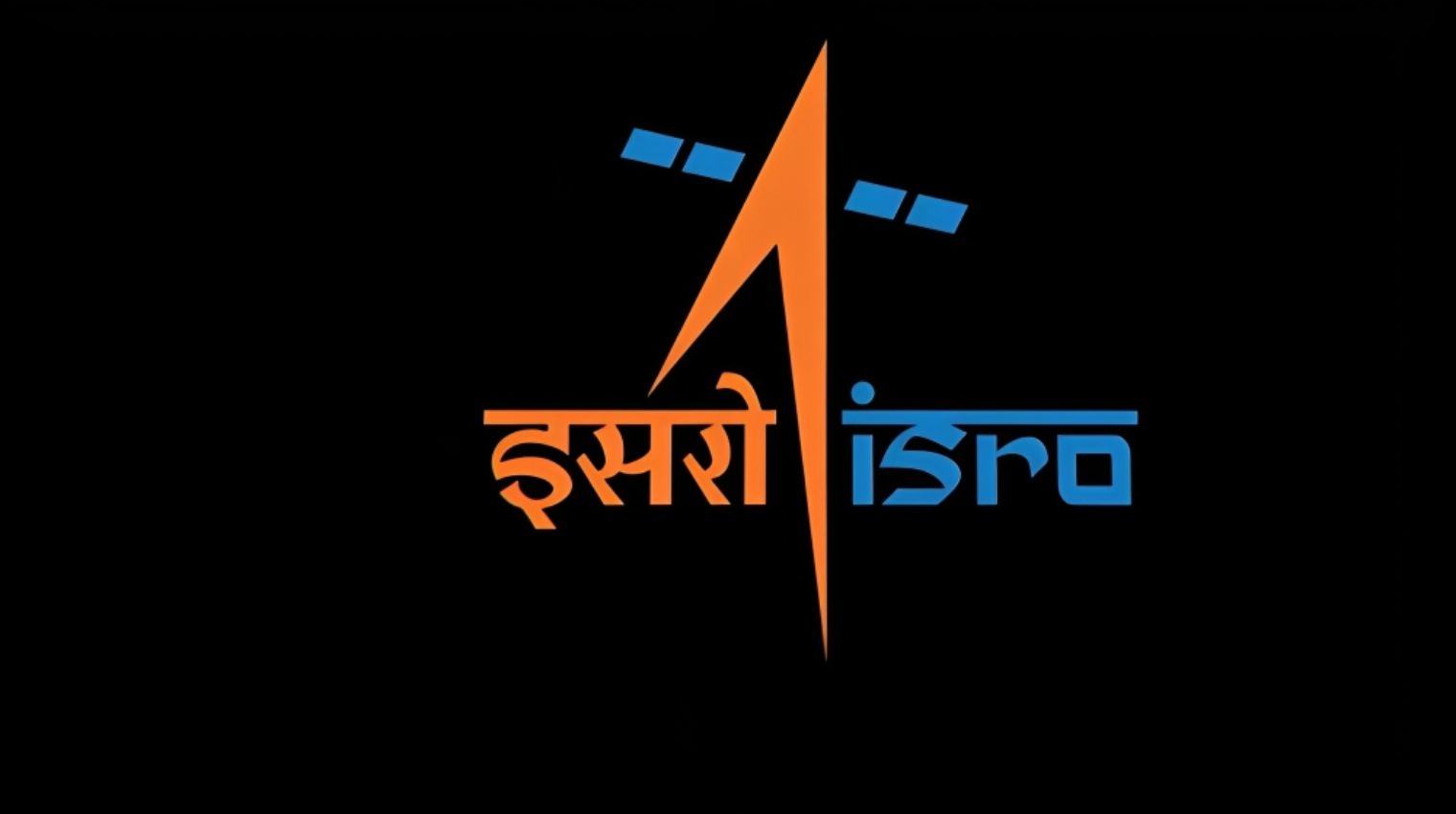
“ISRO’s New Year Spectacle: PSLV-C58 Launching with XPoSAT to Explore the Enigmatic Realms of Black Holes and Neutron Stars”
On January 1, 2024, India is set to commence the new year with a momentous event as the Polar Satellite Launch Vehicle carries the nation’s inaugural X-Ray Polarimeter Satellite (XPoSat). The Indian Space Research Organisation (Isro) has revealed that the XPoSat mission will take off at 9:10 am using the Polar Satellite Launch Vehicle (PSLV),…
-
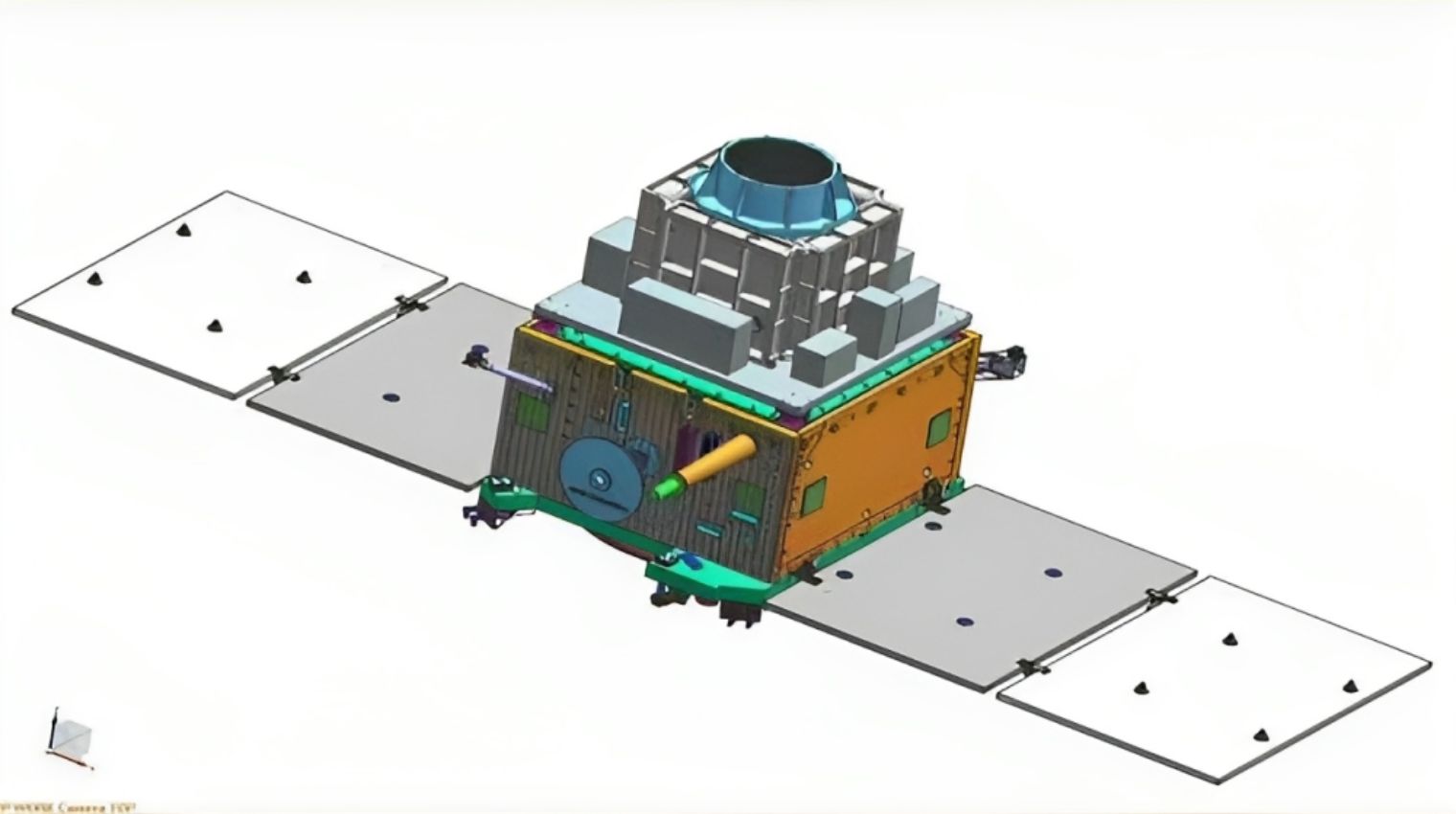
“ISRO’s New Year Extravaganza: Countdown to XPoSat Launch Marks a Stellar Beginning”
The Indian Space Research Organisation (ISRO) is expected to kick off the New Year by launching its first polarimetry mission, XPoSat, on January 1. This mission will mark the country’s third space-based observatory, following the recent launch of the solar mission Aditya-L1 and AstroSat in 2015. The primary objective of this mission is to study…
-
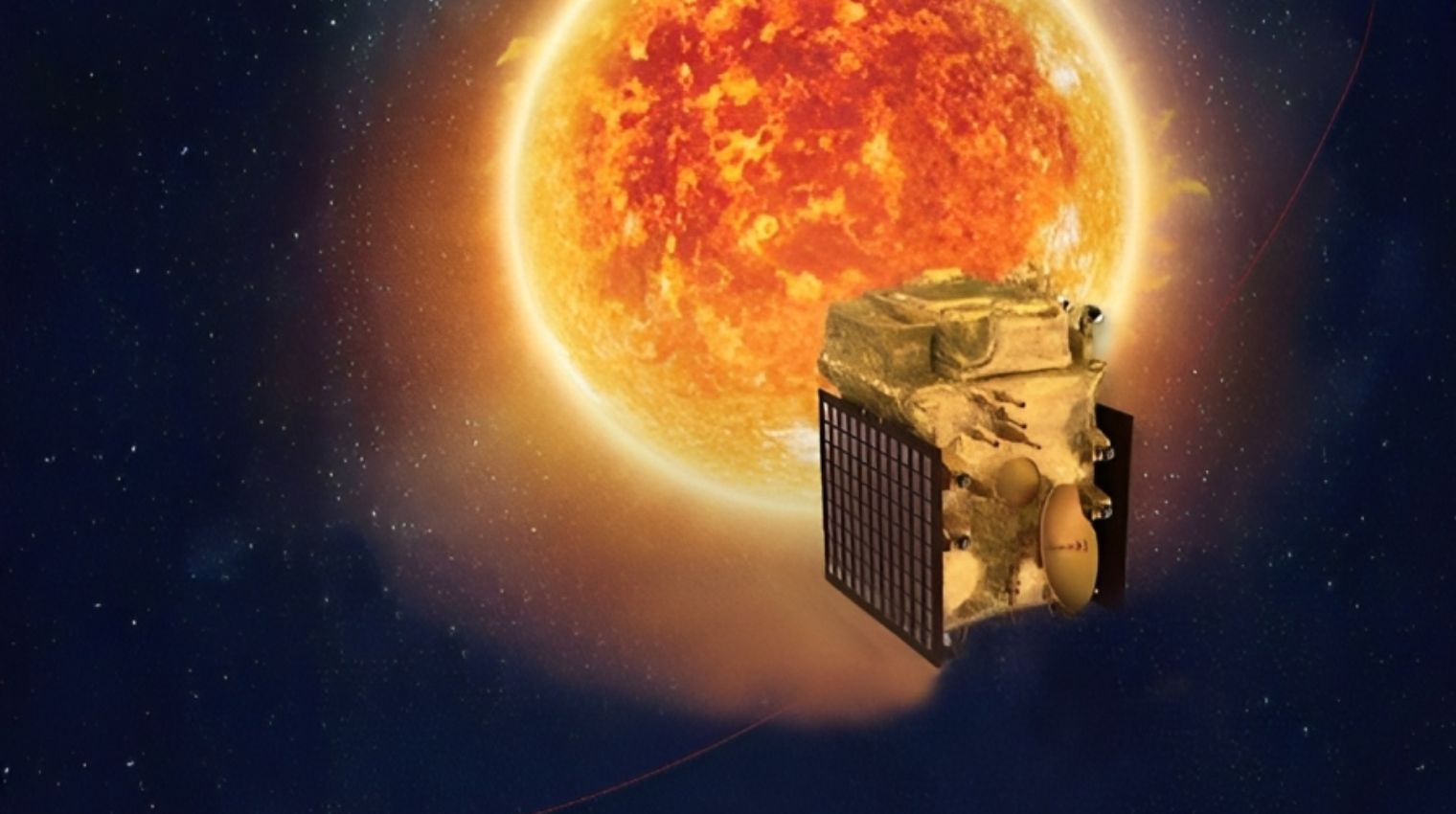
“Aditya L1 Mission Reaches Crucial Moment: Countdown to Halo Orbit Insertion Begins”
India’s Aditya L1 spacecraft is poised to execute a intricate maneuver as it enters the halo orbit encircling Lagrange Point 1 (L1), a location where gravitational forces from the Earth and the Sun are in equilibrium. Having traversed a staggering distance of 15 lakh kilometers through the frigid vacuum of space, the spacecraft is now…
-
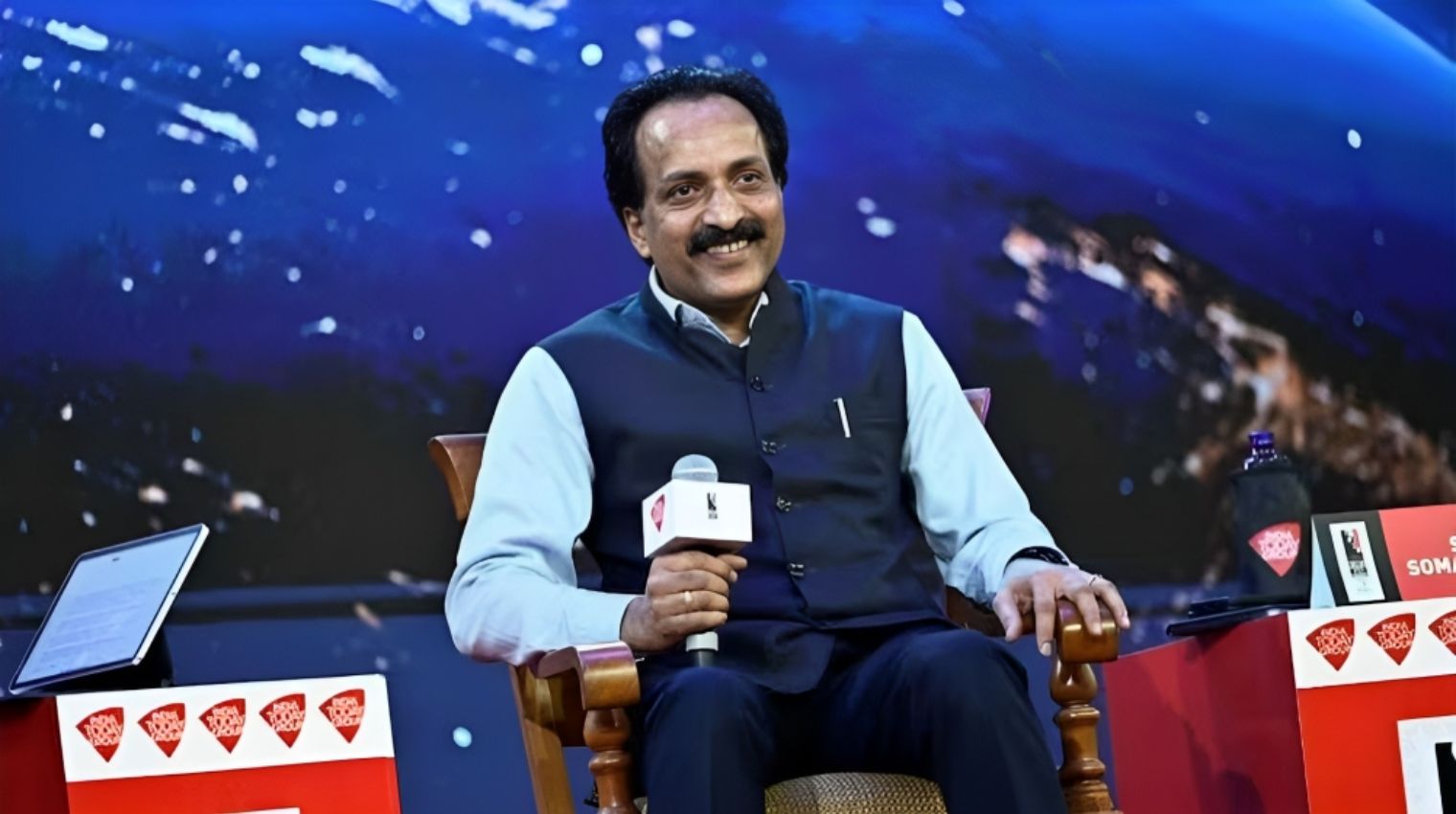
“ISRO’s Ambitious Frontier: India Set to Launch its First International Space Station by 2028, Announces S Somanath”
The Indian Space Research Organisation (ISRO) has unveiled its ambitious plan for the future of space exploration, announcing its intention to launch India’s first international space station by 2028. S Somanath, the chairman of ISRO, revealed this groundbreaking initiative during a special event held in Ahmedabad on Friday. Speaking to a group of young scientists…
-
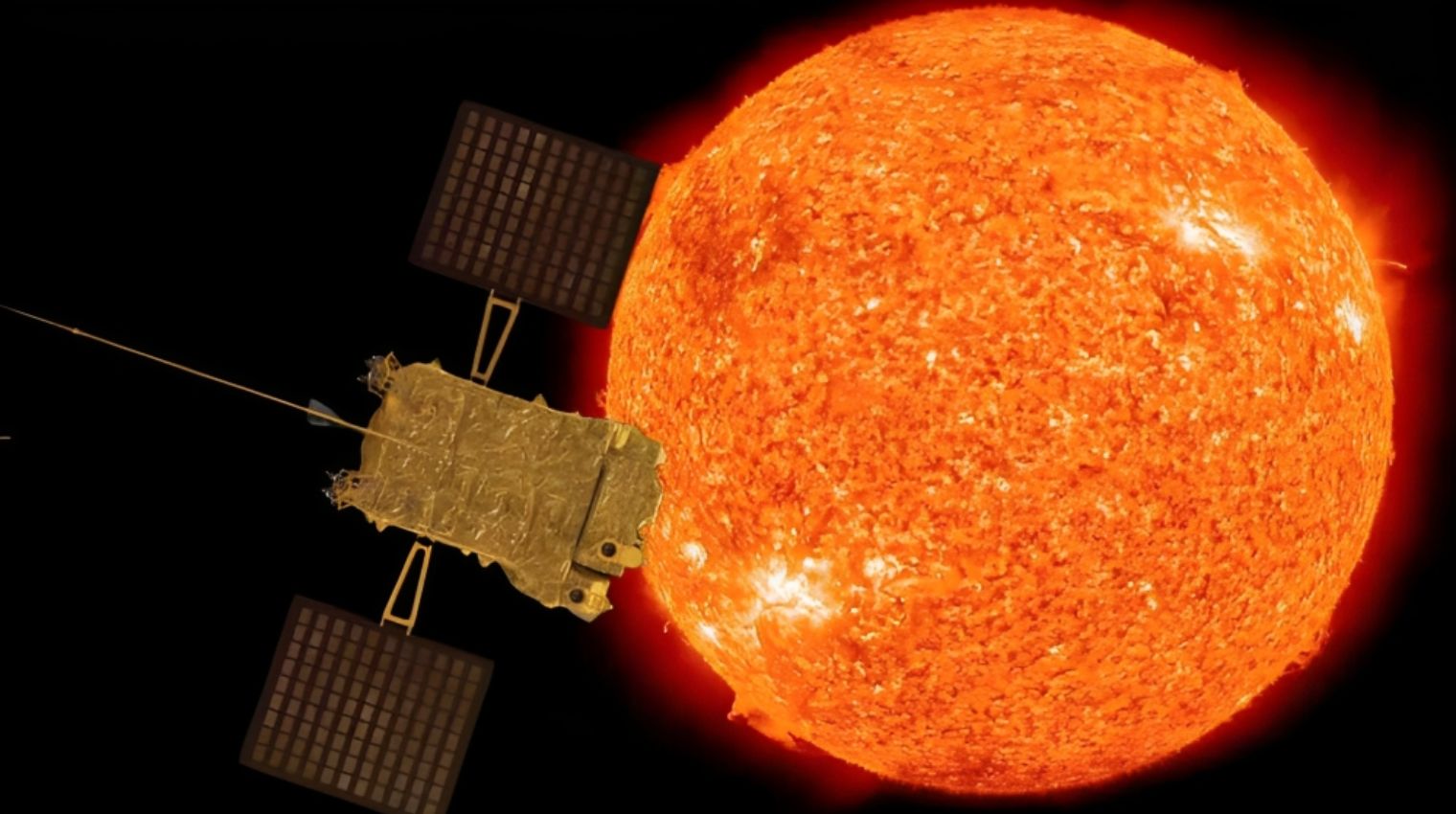
The Solar Mission “Aditya L1” of India is expected to reach Lagrange Point 1 on January 06, 2024 !
Indian Union Minister Dr Jitendra Singh has revealed that Aditya-L1, the country’s inaugural solar mission, is scheduled to reach its destination, Lagrange Point 1, in early January 2024. This announcement was made during an exclusive interview with Sansad TV in New Delhi. Additionally, Dr Singh stated that the Indian Space Research Organisation (ISRO) will carry…
-

“ISRO Chairman S Somanath, envisions an Indian astronaut setting foot on the Moon by the year 2040”
Chairman S Somnath has announced that the Indian Space Research Organization (ISRO) is planning to send Indian astronauts to the Moon by 2040, following the success of the Chandrayaan-3 mission. In an article for Manorama Yearbook 2024, he stated that ISRO’s next step in space exploration is the Gaganyaan program. This program aims to launch…
-

The Aditya L-1 mission of India successfully captures unprecedented full-disk images of the Sun !
India’s Aditya L-1 mission has successfully obtained the initial complete-disk photographs of the Sun using near ultraviolet wavelengths. These remarkable images were taken by the Solar Ultraviolet Imaging Telescope (SUIT) payload, which is part of ISRO’s inaugural space-based mission dedicated to studying the Sun. The images encompass the first-ever comprehensive representations of the Sun’s entire…
-

ISRO has activated the second instrument on the Indian Solar Spacecraft, Aditya-L1, allowing it to observe the Sun.
ISRO announced that the Aditya Solar wind Particle Experiment (ASPEX) payload on board India’s Aditya-L1 satellite has successfully begun its operations and is functioning as expected. The ASPEX consists of two instruments, namely the Solar wind Ion Spectrometer (Swis) and the SupraThermal and Energetic Particle Spectrometer (Steps). The Steps instrument became operational on September 10,…
-

ISRO: Uncontrolled re-entry of a portion of the Chandrayaan-3 launched vehicle into the Earth’s atmosphere!
The Indian Space Research Organization (ISRO) reported that the LVM3M4 launch vehicle’s cryogenic upper stage, which was responsible for the successful deployment of Chandrayaan- 3 into its designated orbit on July 14 this year, made an uncontrolled re-entry to the Earth’s atmosphere. The rocket body was part of the LVM-3 M4 launch vehicle, it said.…
-
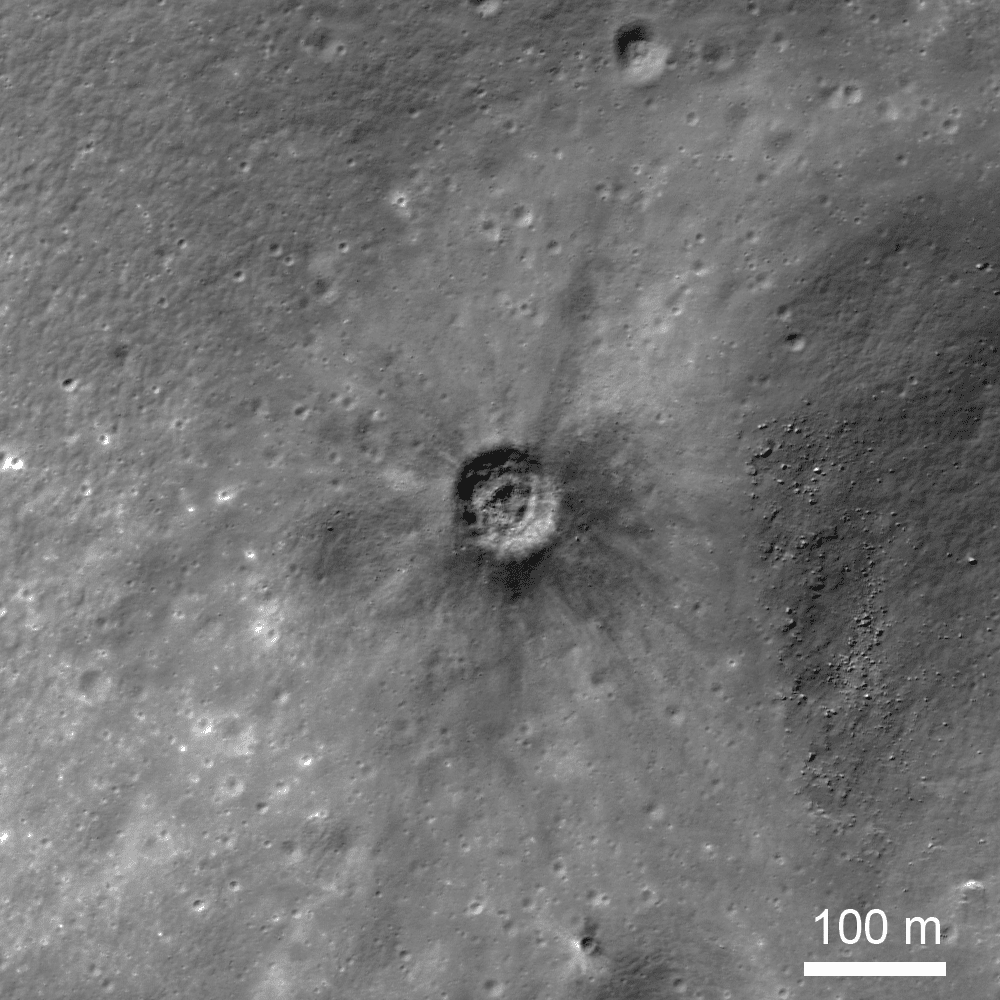
“Ejecta Halo” created on the Moon by Chandrayaan’3 Vikram Lander:- Source(ISRO Study)
Chandrayaan-3’s Vikram lander successfully kicked up over 2 tonnes of lunar soil, creating an ‘ejected halo’ effect. This indicates the forceful ejection of lunar material during its landing. In a 2023 publication in the Journal of the Indian Society of Remote Sensing, a study conducted by Singh S. Chauhan, P.Roy, and their team delves into…
